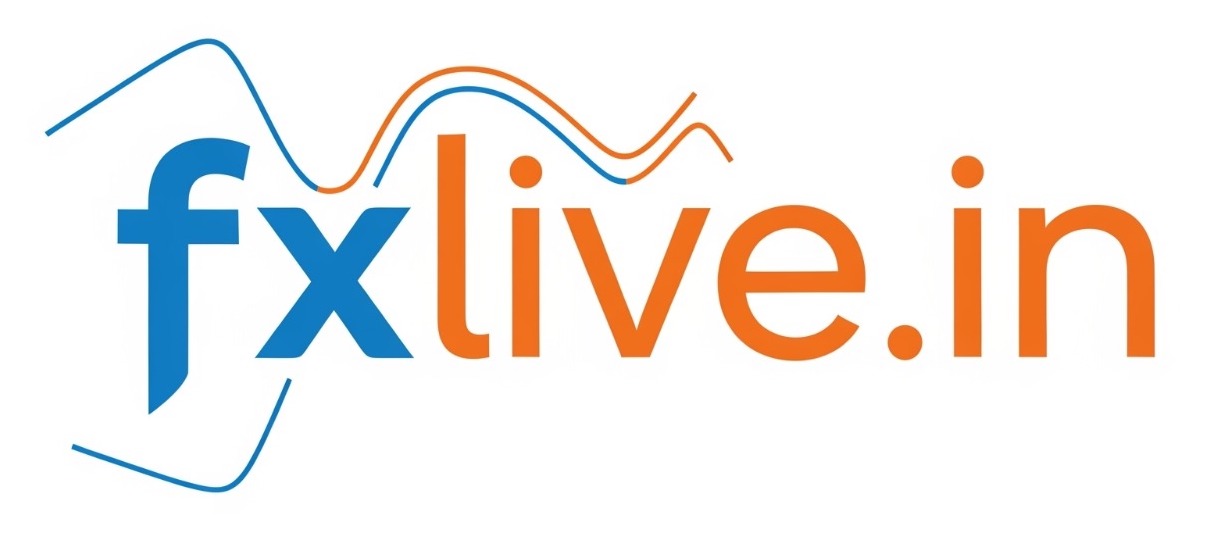⛽ Indian Oil Corporation (IOC) Crude Oil Purchases: Russia and US
Indian Oil Corporation (IOC) and other Indian refiners have been strategically diversifying their crude oil sources, purchasing discounted crude from Russia while also increasing imports from the US. This strategy balances energy security, cost, and geopolitical considerations, especially in light of recent US sanctions on Russian entities.
🇷🇺 Continued Russian Crude Oil Purchases
IOC has clarified that it intends to continue purchasing Russian crude oil as long as the transactions comply with all international sanctions and the G7 price cap.
- Discounted Price: Russian crude remains economically attractive, typically trading at a discount (recently reported as $3.5 to $5 per barrel) compared to global benchmarks.
- Compliance Strategy: IOC’s official position, stated by its finance director, is that since Russian crude oil itself is not sanctioned—only certain entities and shipping lines are—the company will continue to buy from non-sanctioned entities and traders (often based in Dubai or Singapore) who comply with the price cap.
- Impact of Sanctions: Recent US sanctions have targeted major Russian oil companies like Rosneft and Lukoil. Although these companies supply a significant portion of Russia’s crude to India, IOC and other state-run refiners typically buy through intermediaries, providing some insulation. Private refiners with direct term contracts, like Reliance Industries, are expected to scale back or halt supplies from sanctioned entities.
- Share of Imports: Russian oil accounted for 21% of IOC’s total crude oil imports in the April-September period and 19% of the crude it processed in the September quarter.
🇺🇸 Increased US Crude Oil Purchases
Simultaneously, India has substantially increased its crude oil imports from the United States, reaching the highest levels since 2022.
- Diversification Strategy: This increase is part of India’s broader strategy to diversify its oil basket, reducing dependence on any single region (like the Middle East or Russia).
- Economic Factors: The surge is partly driven by favorable economics, including an attractive Brent-WTI differential, which made US crude varieties (like Midland WTI and Mars) more economical for Indian refiners.
- Geopolitical Alignment: The increased procurement from the US is also seen as a move to address trade concerns and demonstrate collaboration with Washington, particularly amidst US pressure over continued Russian oil purchases.
- High Import Volume: US crude oil imports to India reached approximately 540,000 barrels per day (bpd) in October, a significant jump from the average.
In summary, IOC is pursuing a dual-sourcing strategy: maintaining its access to discounted Russian crude via a sanction-compliant route while simultaneously leveraging economically viable US crude to diversify its supply and manage geopolitical risks.

